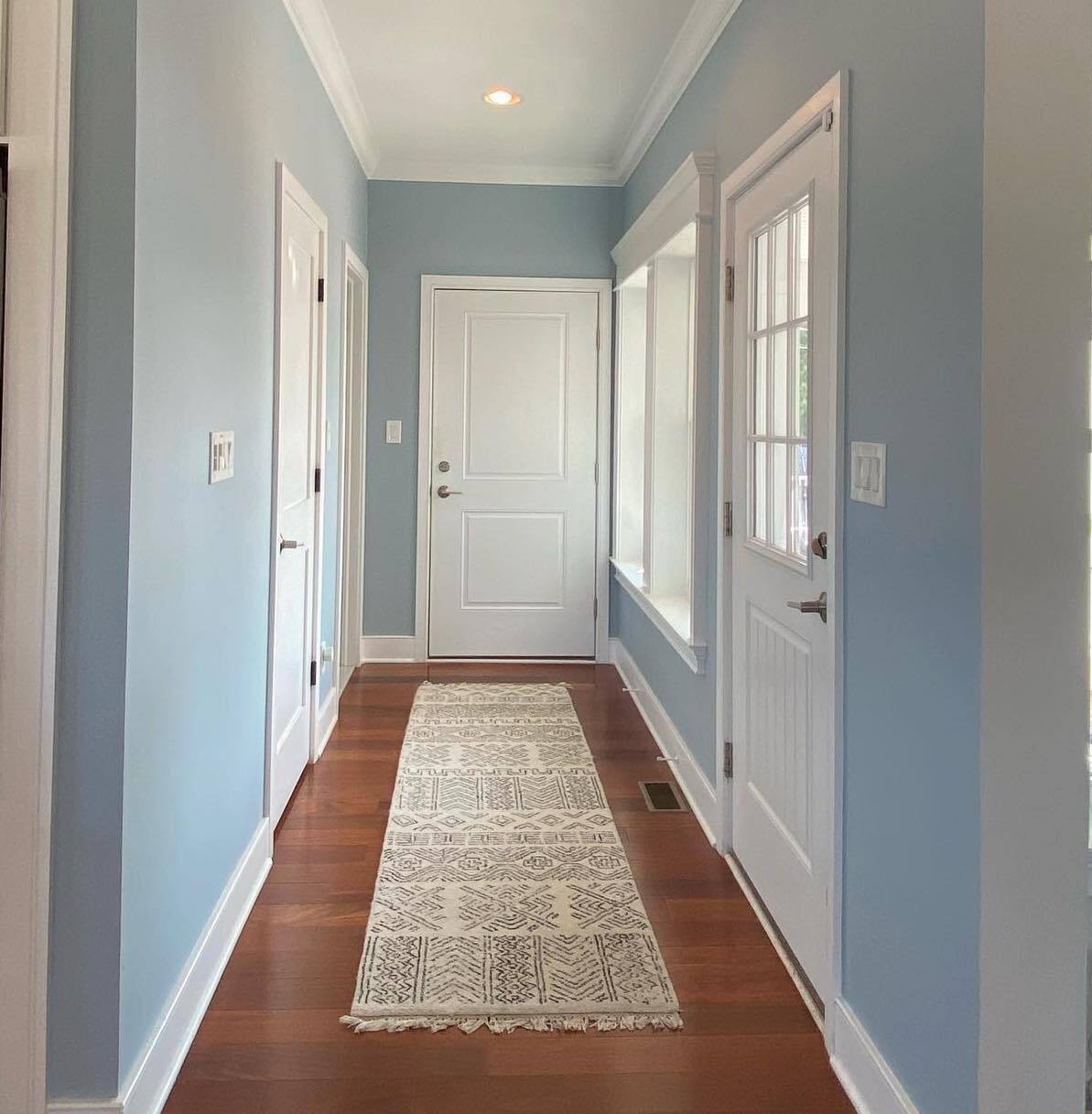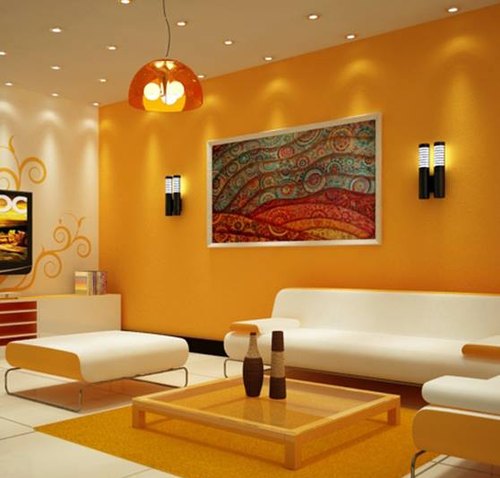Enhance Your Interior Style With Comprehensive Color Assessment
The integration of color assessment into indoor style offers a distinct possibility to fine-tune and elevate the psychological and visual resonance of a space. By involving with a skilled shade professional, you can browse the intricacies of color selection, ensuring that your selections not just enhance architectural features however additionally resonate with personal design and emotional effect. This strategic partnership can considerably affect the overall environment of your atmosphere, promoting a feeling of consistency and purpose. Nonetheless, recognizing the subtleties of this procedure is crucial-- what crucial elements should be considered to achieve ideal results?
Benefits of Color Examination

Additionally, color assessment help in taking full advantage of all-natural light and optimizing spatial understanding. Lighter tones can make an area show up more extensive, while darker shades produce an intimate setting. Cleveland Metro Painting Specialists. This strategic application of color can significantly influence the total setting of any kind of indoor room
Additionally, professional specialists have a comprehensive understanding of timeless standards and existing trends, making certain that the selected shades will certainly remain attractive over time. This foresight can conserve customers from pricey redesigns in the future. Ultimately, color assessment empowers customers by providing them with a clear vision and instructions, cultivating confidence in their style choices and inevitably bring about an extra effective and satisfying interior layout outcome.
Comprehending Color Psychology
The significance of color psychology in indoor style can not be overemphasized, as it looks into the mental and emotional effects that various hues can stimulate in individuals. Shades can affect state of mind, actions, and even performance, making them an important consideration in any type of layout project.
As an example, cozy colors such as red, orange, and yellow are often connected with power and warmth. They can promote sensations of exhilaration and comfort, making them ideal for social rooms like living areas or kitchens. On the other hand, cool shades like blue, green, and purple tend to evoke peace and harmony, making them suitable for bedrooms or meditation areas.
Furthermore, the use of neutral tones can produce a balanced atmosphere by allowing the bolder colors to stick out without overwhelming the detects. Understanding these mental influences enables developers to produce spaces that not only look aesthetically pleasing however also advertise psychological wellness.
Incorporating color psychology right into interior style involves a thoughtful selection of tones tailored to the intended feature of each space, ultimately enhancing the overall experience for its residents. This awareness is important for achieving a unified and functional interior atmosphere.
The Color Wheel Discussed
It consists of primary shades-- red, blue, and yellow-- that can not be produced by mixing other shades. Tertiary colors result from mixing a primary and a second color, leading to hues such as red-orange and turquoise.
The color wheel aids developers comprehend the partnerships in between colors, including corresponding, analogous, and triadic plans. Complementary shades, positioned contrary each other on the wheel, produce vivid contrasts that can stimulate a space. Comparable shades, situated beside each other, offer a natural webpage and harmonious look. Triadic systems use three equally spaced colors, supplying equilibrium and visual rate of interest.
Using the shade wheel in interior design not just enhances aesthetic allure but likewise stimulates particular feelings and atmospheres, making it an important referral for color examination. Recognizing these connections inevitably empowers developers to produce spaces that are both aesthetically fascinating and practical.
Selecting the Right Scheme
Typically, selecting the appropriate scheme is a definitive element in attaining a visite site successful interior layout job. A well-chosen color pattern can unify an area, enhance its functions, and stimulate preferred emotions. To begin, take into consideration the function of the area. Different spaces offer varied functions and need palettes that show their designated use; for circumstances, peaceful shades such as soft blues or eco-friendlies function well in rooms, advertising leisure.
Next, consider the all-natural light readily available. Light can dramatically change just how shades show up, so it is important to examine the area at different times of the day. Furthermore, think about existing architectural elements and home furnishings. A harmonious scheme needs to enhance these attributes, developing a cohesive appearance throughout the area.
When selecting shades, use the 60-30-10 policy, which recommends that 60% of the space need to be a leading shade, 30% an additional color, and 10% an accent color. This ratio makes sure balance and visual interest (Cleveland Metro Painting Specialists). Example shades on the walls prior to dedicating, as this permits you to see just how the tones engage with one another and the general ambiance they create in your indoor layout task.
Working With a Shade Specialist

When collaborating with a color expert, the process typically begins with a preliminary appointment. During this conference, you'll review your vision, preferences, and the existing elements in your room. The professional will certainly assess your requirements and may suggest particular color palettes that align with your goals.
After developing an instructions, the consultant will provide samples and aesthetic aids to help you picture the recommended shade plans. This step is vital, as shades can appear in a different way under differing illumination problems.
In addition, a shade consultant can direct you in find out here choosing corresponding furnishings, artwork, and devices to harmonize with your selected palette. By working together very closely, you can accomplish a refined aesthetic that raises your interiors and produces a welcoming atmosphere. Inevitably, the expertise of a shade professional can considerably boost the general influence of your layout job.
Conclusion
In recap, extensive color examination works as a vital device for enhancing indoor design. By leveraging professional knowledge of color psychology and spatial characteristics, a tailored shade scheme can be established to evoke details emotions and produce a harmonious atmosphere. This strategic approach not just cultivates a natural layout story however also reduces the threat of expensive redesigns. Ultimately, engaging with a shade specialist makes certain a notified and visually pleasing end result, elevating the general experience of the room.
By engaging with a seasoned color professional, you can browse the complexities of shade option, guaranteeing that your choices not just enhance building functions yet also resonate with personal style and emotional impact. It consists of primary shades-- red, blue, and yellow-- that can not be developed by blending other colors.The color wheel aids designers comprehend the relationships in between shades, including corresponding, analogous, and triadic plans.When selecting colors, use the 60-30-10 guideline, which suggests that 60% of the room should be a dominant color, 30% a secondary color, and 10% an accent color. By leveraging professional knowledge of color psychology and spatial dynamics, a tailored color combination can be established to stimulate certain emotions and produce an unified setting.